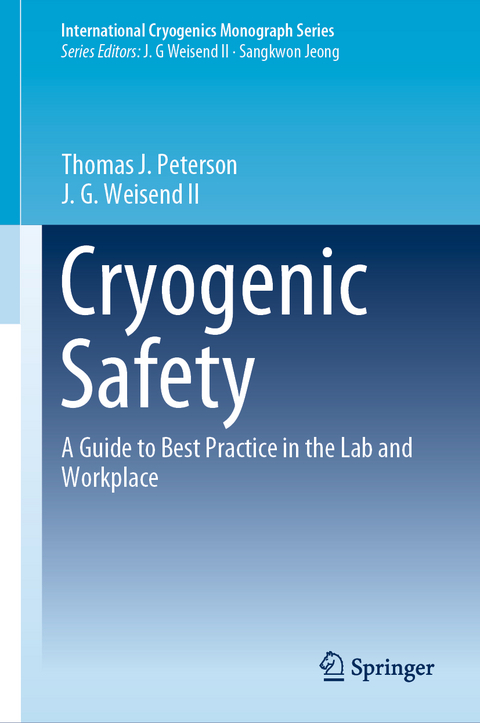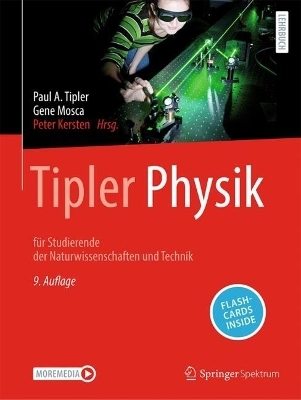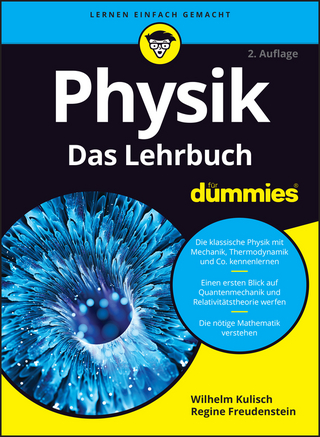
Cryogenic Safety
Springer International Publishing (Verlag)
978-3-030-16506-2 (ISBN)
This book describes the current state of the art in cryogenic safety best practice, helping the reader to work with cryogenic systems and materials safely. It brings together information from previous texts, industrial and laboratory safety polices, and recent research papers. Case studies, example problems, and an extensive list of references are included to add to the utility of the text.
It describes the unique safety hazards posed by cryogenics in all its guises, including issues associated with the extreme cold of cryogenics, the flammability of some cryogenic fluids, the displacement of oxygen by inert gases boiling off from cryogenic fluids, and the high pressures that can be formed during the volume expansion that occurs when a cryogenic fluid becomes a room temperature gas. A further chapter considers the challenges arising from the behavior of materials at cryogenic temperatures. Many materials are inappropriate for use in cryogenics and can fail, resulting in hazardous conditions. Despite these hazards, work at cryogenic temperatures can be performed safely.
The book also discusses broader safety issues such as hazard analysis, establishment of a safe work culture and lessons learned from cryogenic safety in accelerator labs. This book is designed to be useful to everyone affected by cryogenic hazards regardless of their expertise in cryogenics.
Tom Peterson has over 40 years of experience in large-scale cryogenic engineering for particle accelerators and test facilities. He holds a BA in mathematics and an MS in Engineering from the University of Wisconsin, Madison. His experience includes design, commissioning, and operation of large-scale helium cryogenic systems, including serving as project engineer for systems cooling superconductors in superfluid helium. Peterson's international experience includes 1.5 years at the Deutsches Electronen Synchrotron (DESY) in Hamburg, Germany and collaboration with CERN for Fermilab's contributions to the Large Hadron Collider (LHC). He joined the SLAC National Accelerator Laboratory in 2016 where his present position is Technical Director for the Linac Coherent Light Source II (LCLS-II) Project at SLAC. John Weisend is currently Deputy Head of Accelerator Projects and Group Leader for Specialized Technical Services at The European Spallation Source, Lund, Sweden. He is also an Adjunct professor at Lund University. He received his Ph.D. in Nuclear Engineering & Engineering Physics from the University of Wisconsin - Madison, where he investigated engineering applications of He II. He has worked at the SSC Laboratory, the Centre D'Etudes Nucleaires Grenoble, the Deutsches Elecktronen-Synchrotron Laboratory (DESY), the Stanford Linear Accelerator Laboratory (SLAC), the National Science Foundation and Michigan State University. Dr. Weisend's research interests include He II and large scale accelerator cryogenics. He is the Chairman of the Board of Directors of the Cryogenic Society of America (CSA). He has led the CSA Short Course Program since 2001. He is Chief Technical Editor of Advances in Cryogenic Engineering. In addition to co-authoring more than 70 technical papers, Dr. Weisend is the author of He is for Helium, the co-author (with N. Filina) of Cryogenic Two-Phase Flow and the editor of the Handbook of Cryogenic Engineering and of Cryostat Design. He writes a regular column "Cryo Bios" for the publication Cold Facts and is a member of both the Cryogenic Engineering Conference and International Cryogenic Engineering Conference Boards.
Introduction.- 1. Cryogenic Properties of Fluids and Materials.- 2. General Cryogenic Safety.- 3. Pressure Safety in Cryogenics.- 4. Oxygen Deficiency Hazards.- 5. Oxygen Safety.- 6. Hydrogen Safety.- 7. LNG Safety.- 8. Approaches to Cryogenic Safety in Particle Accelerator Labs.- 9. Summary and General Guidelines.- Appendix.
"I found the book to be excellent. It is a comprehensive source of information that is well thought out and well organized. ... the book Cryogenic Safety is a critical addition to the library of anyone working in cryogenics." (Greg Nellis, Cold Facts, Vol. 35 (4), August, 2019)
| Erscheinungsdatum | 09.05.2019 |
|---|---|
| Reihe/Serie | International Cryogenics Monograph Series |
| Co-Autor | John Jurns, Stephen Woods |
| Zusatzinfo | XIX, 213 p. 69 illus., 49 illus. in color. |
| Verlagsort | Cham |
| Sprache | englisch |
| Maße | 155 x 235 mm |
| Gewicht | 521 g |
| Themenwelt | Naturwissenschaften ► Physik / Astronomie ► Allgemeines / Lexika |
| Naturwissenschaften ► Physik / Astronomie ► Theoretische Physik | |
| Schlagworte | Cryogenic Equipment • cryogenic fluids • Cryogenic Hazards • Cryogenic Instrumentation • Cryogenic materials • Cryogenics Accidents • Cryogenic Safety Equipment • Cryogenic Safety in Medical Physics • Cryogenic Safety Policy • Cryogenics Best Practice • Cryogenics Guidelines • Cryogenics Laboratories • Cryogenics Regulations • Cryogenics Safety • Handling of Cryogenic Fluids • Handling of Cryogenic Liquids • He II Safety • LH2 Safety • Physiological Hazards of Cryogenics • Safety at Low Temperatures |
| ISBN-10 | 3-030-16506-X / 303016506X |
| ISBN-13 | 978-3-030-16506-2 / 9783030165062 |
| Zustand | Neuware |
| Informationen gemäß Produktsicherheitsverordnung (GPSR) | |
| Haben Sie eine Frage zum Produkt? |
aus dem Bereich


